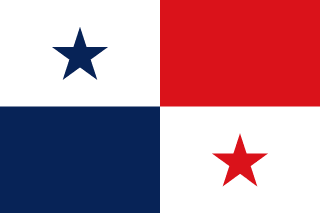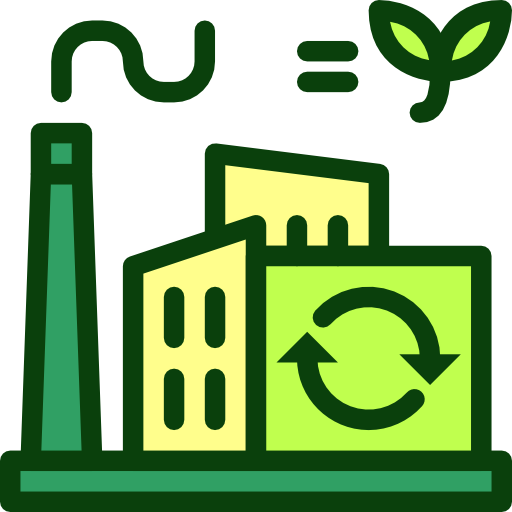Panama - Geography

Here, let us take a look at the Geography of Panama. Strategic location on eastern end of isthmus forming land bridge that connects North and South America; controls the Panama Canal, which links the North Atlantic Ocean with the North Pacific Ocean via the Caribbean Sea . Mother's mean age at first birth is (), whereas, the Maternal mortality ratio is 37 deaths/100,000 live births (2023 est.)
Geographical data of Panama
| Location | Central America, bordering both the Caribbean Sea and the North Pacific Ocean, between Colombia and Costa Rica |
|---|---|
| Geographic coordinates | 9 00 N, 80 00 W |
| Map references | Central America and the Caribbean |
| Tarrain | interior mostly steep, rugged mountains with dissected, upland plains; coastal plains with rolling hills |
| Natural Resources | copper, mahogany forests, shrimp, hydropower |
| Natural Hazards | occasional severe storms and forest fires in the Darien area |
| Irrigated Land | 394 sq km (2022) |
| Major rivers (by length in km) | |
| Major aquifers | |
| Land Boundaries | 687 km |
| Border Countries | Colombia 339 km; Costa Rica 348 km |
| Coastline | 2,490 km |
| Climate | tropical maritime; hot, humid, cloudy; prolonged rainy season (May to January), short dry season (January to May) |
| Area | |
| Total Area | |
| Land Area | 74,340 sq km |
| Water Area | 1,080 sq km |
| comparative Area | slightly smaller than South Carolina |
| Maritime Claims | |
| Territorial sea | 12 nm |
| Contiguous zone | 24 nm |
| Exclusive economic zone | 200 nm or edge of continental margin |
| Elevations | |
| Highest point | Volcan Baru 3,475 m |
| Lowest point | Pacific Ocean 0 m |
| Mean elevation | 360 m |
| Land Use | |
| Agricultural land | 29.5% (2023 est.) |
| Agricultural land: arable land | arable land: 7.6% (2023 est.) |
| Agricultural land: permanent crops | permanent crops: 1.6% (2023 est.) |
| Agricultural land: permanent pasture | permanent pasture: 20.3% (2023 est.) |
| Forest | 62.3% (2023 est.) |
| Other | 8.2% (2023 est.) |
Population Distribution
Population is concentrated towards the center of the country, particularly around the Canal, but a sizeable segment of the populace also lives in the far west around David; the eastern third of the country is sparsely inhabited
People and Society
In Panama, the different Ethnic groups are such that we have: Mestizo (mixed Indigenous and White) 65%, Indigenous 12.3% (Ngabe 7.6%, Kuna 2.4%, Embera 0.9%, Bugle 0.8%, other 0.4%, unspecified 0.2%), Black or African descent 9.2%, Mulatto 6.8%, White 6.7% (2010 est.)
| Population | |
|---|---|
| Pop growth rate | 1.48% (2024 est.) |
| Birth rate | 17.4 births/1,000 population (2024 est.) |
| Death rate | 5.7 deaths/1,000 population (2024 est.) |
| Health expenditure | |
| Physicians Density | |
| Hospital bed Density | 1.9 beds/1,000 population (2020 est.) |
| Total fertility rate | 2.35 children born/woman (2024 est.) |
| Gross reproduction rate | 1.14 (2024 est.) |
| Contraceptive prevalence rate | |
| Est married women (ages 15-49) | 58.6% (2023 est.) |
| Literacy | |
| Education expenditures | |
| Net Migration rate | 3 migrant(s)/1,000 population (2024 est.) |
| Nationality | Panamanian | Panamanian(s) |
| Languages | |
| Religions | Evangelical 55%, Roman Catholic 33.4%, none 10.1%, unspecified 1.5% (2023 est.) |
| Age Structure | |
| 0-14 years | 25% (male 574,336/female 544,180) |
| 15-64 years | 64.8% (male 1,465,907/female 1,433,023) |
| 65 years and over | 10.1% (2024 est.) (male 211,014/female 241,781) |
| Dependency Ratios | |
| Total dependency ratio | 54.2 (2024 est.) |
| Youth dependency ratio | 38.6 (2024 est.) |
| Elderly dependency ratio | 15.6 (2024 est.) |
| Potential support ratio | 6.4 (2024 est.) |
| Median Age | |
| Total | 31.5 years (2024 est.) |
| Male | 31 years |
| Female | 31.9 years |
| Urbanization | |
| Urban population | 69.5% of total population (2023) |
| Rate of urbanization | 1.92% annual rate of change (2020-25 est.) |
| Major urban areas (Pop) | 1.977 million PANAMA CITY (capital) (2023). |
| Sex Ratio | |
| At birth | 1.06 male(s)/female |
| 0-14 years | 1.06 male(s)/female |
| 15-64 years | 1.02 male(s)/female |
| 65 years and over | 0.87 male(s)/female |
| Total population | 1.02 male(s)/female (2024 est.) |
| Infant Motality | |
| Total | 14.2 deaths/1,000 live births (2024 est.) |
| Male | 15.4 deaths/1,000 live births |
| Female | 12.9 deaths/1,000 live births |
| Life Expectancy at birth | |
| Total population | 79.2 years (2024 est.) |
| Male | 76.4 years |
| Female | 82.2 years |
| Drinking Water Sources | |
| Improved: urban | urban: 98.5% of population (2022 est.) |
| Improved: rural | rural: 86.1% of population (2022 est.) |
| Improved: total | total: 94.7% of population (2022 est.) |
| Unimproved: urban | urban: 1.5% of population (2022 est.) |
| Unimproved: rural | rural: 13.9% of population (2022 est.) |
| Unimproved: total | total: 5.3% of population (2022 est.) |
| Sanitation facility acess | |
| Improved: urban | urban: 96.1% of population (2022 est.) |
| Improved: rural | rural: 70.1% of population (2022 est.) |
| Improved: total | total: 88% of population (2022 est.) |
| Unimproved: urban | urban: 3.9% of population (2022 est.) |
| Unimproved: rural | rural: 29.9% of population (2022 est.) |
| Unimproved: total | total: 12% of population (2022 est.) |
| Alcohol consumption per capita | |
| Total | 6.54 liters of pure alcohol (2019 est.) |
| Beer | 5.29 liters of pure alcohol (2019 est.) |
| Wine | 0.02 liters of pure alcohol (2019 est.) |
| Spirits | 1.2 liters of pure alcohol (2019 est.) |
| Other alcohols | 0.02 liters of pure alcohol (2019 est.) |
| Tobacco use | |
| Total | 4.5% (2025 est.) |
| Male | 7.4% (2025 est.) |
| Female | 1.7% (2025 est.) |
Demographic profile
All Important Facts about Panama
Want to know more about Panama? Check all different factbooks for Panama below.









